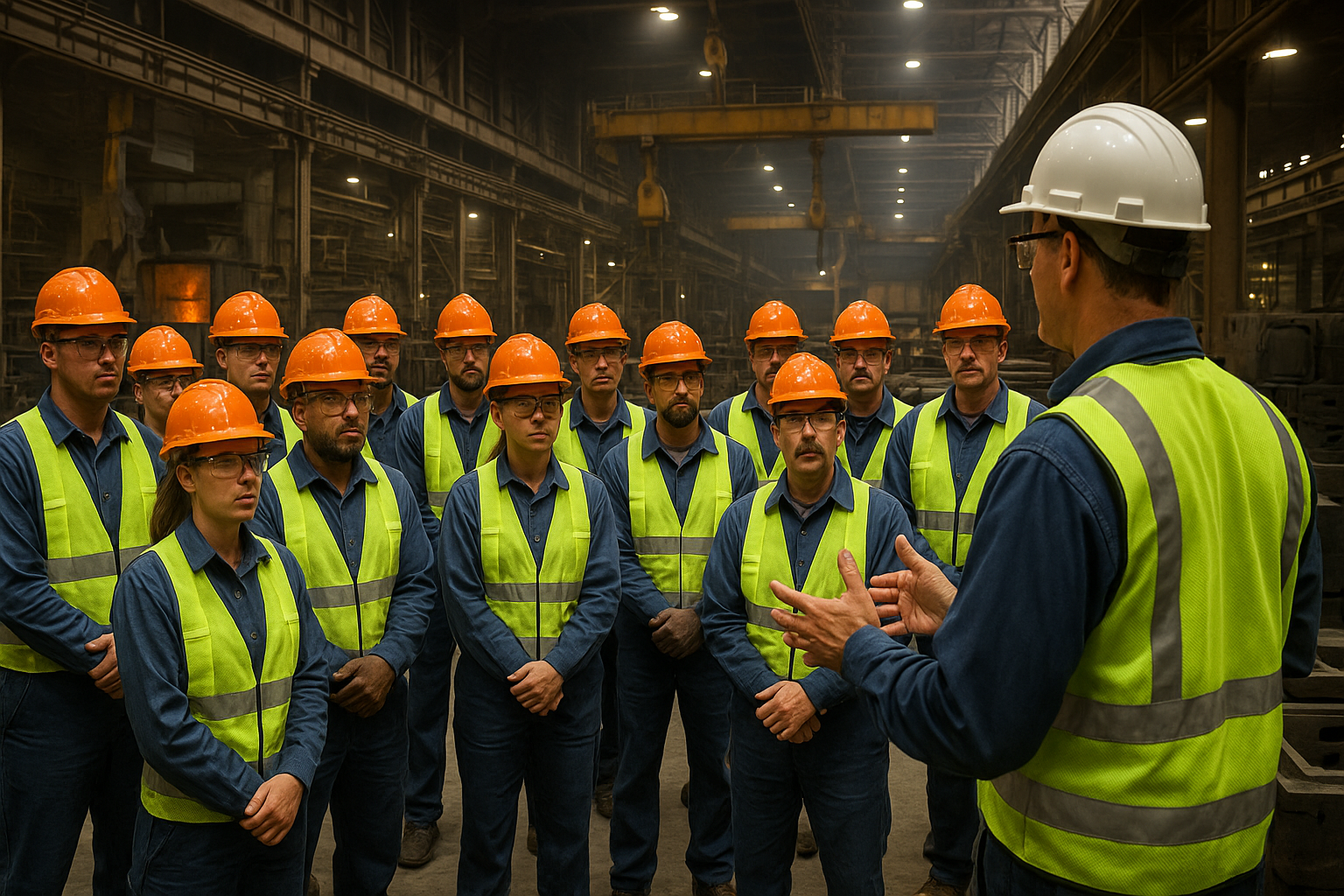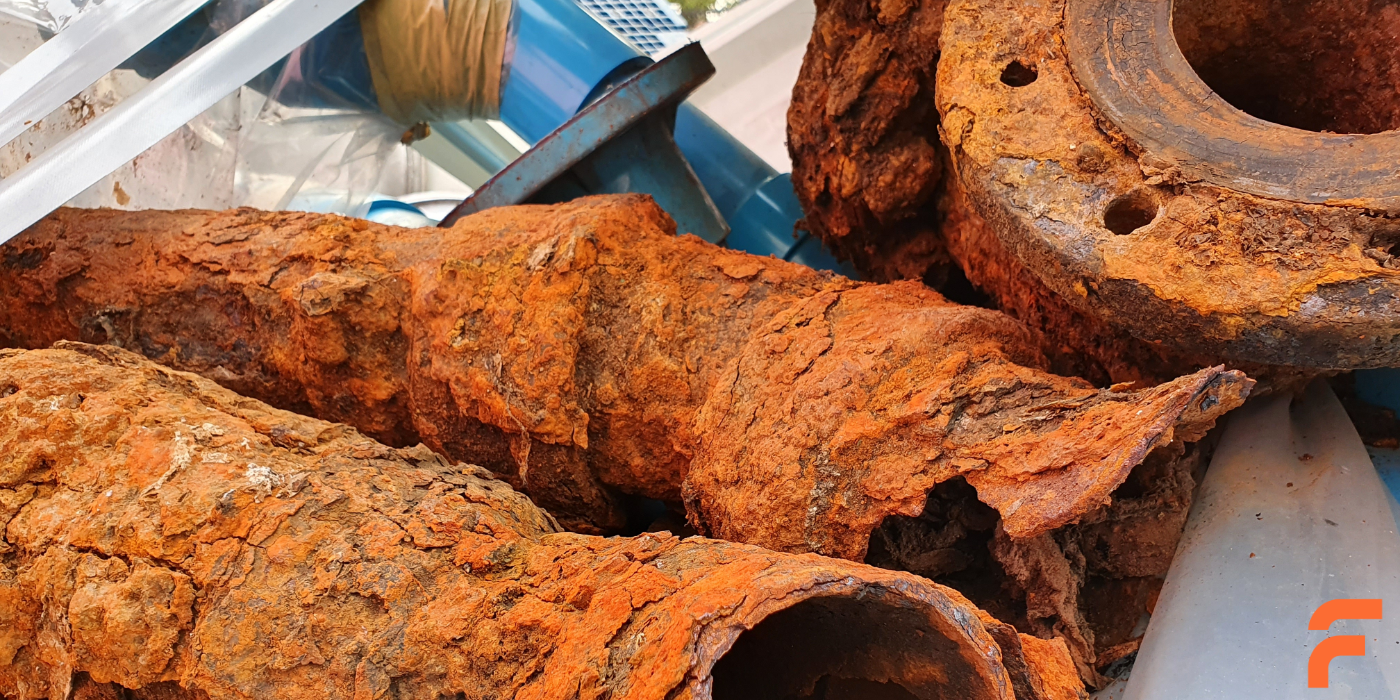What does a typical day look like inside a metal casting manufacturing facility? While most people only see the finished product — engine blocks, pump housings, turbine parts — the process behind it is a blend of engineering, craftsmanship, and industrial precision.
Here’s a behind-the-scenes look into what goes into a full day of operations at a modern casting manufacturer — from the first shift bell to the final quality check.
6:00 AM — Shift Start and Safety Briefing
Every day begins with a team safety briefing, led by supervisors or the EHS officer. Foundry work involves molten metal, heavy equipment, and industrial processes — so safety is always the top priority. Teams review potential hazards, daily production goals, and any equipment updates.
6:30 AM — Tooling and Mold Setup
Toolmakers and pattern technicians begin preparing the molds based on scheduled orders. Whether it’s sand molds for large castings or metal dies for high-volume production, setup must be precise. Proper mold alignment and surface preparation are critical for avoiding defects.
CAD drawings and production instructions are reviewed in the mold room. Some facilities also use 3D printing for rapid prototyping or core-making.
7:30 AM — Melting and Pouring
In the melt shop, furnaces are brought up to temperature to prepare the required metal alloys. Whether working with aluminum, cast iron, steel, or bronze, technicians monitor chemical composition, temperature control, and pouring schedules closely.
Molten metal is then transported safely to the pouring stations where molds are filled. Timing and control here are crucial — errors can lead to shrinkage, porosity, or structural flaws.
10:00 AM — Cooling, Shakeout, and Cleaning
After pouring, castings are left to cool — sometimes for hours, depending on their size. Once cooled, the shakeout process begins: castings are removed from the mold and sent through cleaning and fettling operations to remove excess sand, runners, and flash.
Grinding and shot blasting help achieve the required surface finish. Quality and inspection teams begin reviewing dimensions and casting integrity.
12:30 PM — Lunch and Midday Maintenance
While the floor takes a break, maintenance crews inspect furnaces, ladles, and moving equipment. Preventive maintenance is essential to ensure uptime, especially in high-volume foundry operations.
1:00 PM — Machining and Finishing Operations
In integrated casting facilities, parts are moved into CNC machining or secondary processing areas. Here, castings are drilled, milled, or turned to meet final tolerances.
Technicians use precision measurement tools like CMMs (Coordinate Measuring Machines) to ensure parts meet customer specifications.
3:00 PM — Final Quality Inspection
Before shipping, each part undergoes a final inspection. This includes non-destructive testing (NDT) such as X-ray, dye penetrant, or ultrasonic testing depending on the part’s criticality.
Documentation, certifications (like material traceability or dimensional reports), and packaging instructions are completed for every batch.
4:30 PM — Wrap-Up and Reporting
As the shift winds down, production reports are finalized. Supervisors review outputs, downtime, scrap rates, and process improvements. Lessons learned are logged and passed on to the next shift or improvement teams.
Conclusion
A day in the life of a casting manufacturer is a carefully orchestrated process — balancing speed, precision, safety, and quality at every stage. From the moment raw metal enters the facility to when a fully finished component is shipped out, hundreds of skilled hands and sharp minds are involved. If you’ve never seen the full scope of foundry operations, it’s more than just molten metal — it’s engineering in motion.





